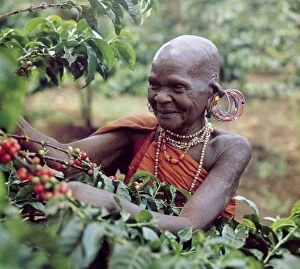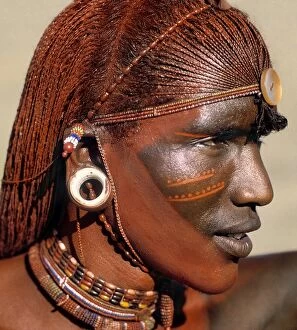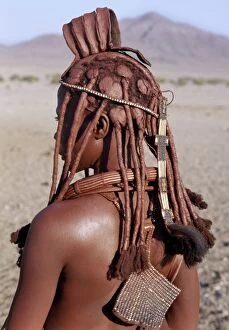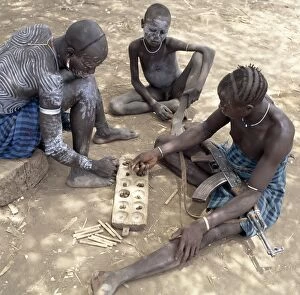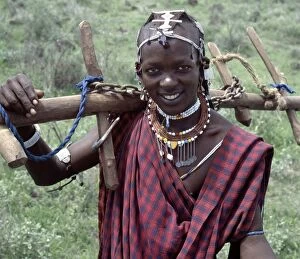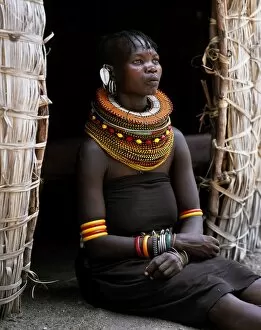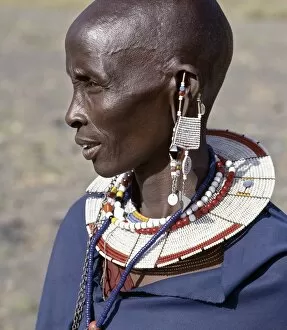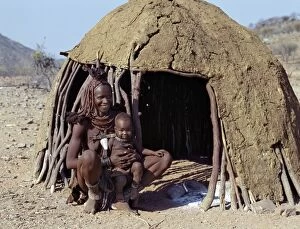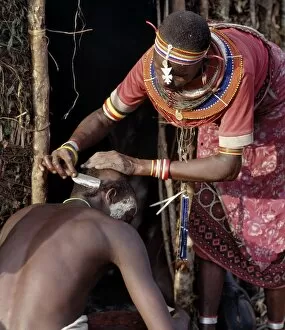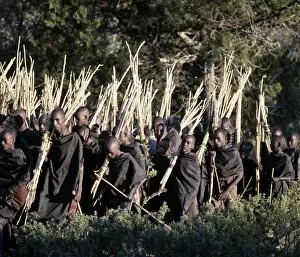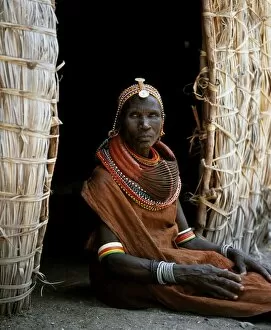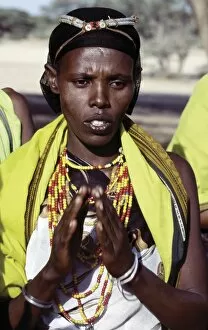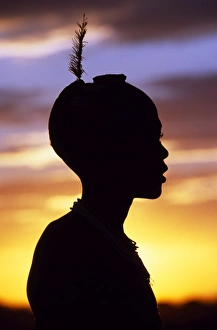Beaded Jewelry Collection
Intricately woven tales of culture and tradition, it has adorned the lives of diverse communities throughout history
All Professionally Made to Order for Quick Shipping
Intricately woven tales of culture and tradition, it has adorned the lives of diverse communities throughout history. Transport yourself to the 1960s, where an old Kikuyu lady delicately picks coffee beans under the warm African sun, her weathered hands adorned with vibrant beads that tell stories of resilience and heritage. Venture further into Africa's tapestry of tribes, and you'll find almost every Himba woman gracefully wearing anklets that jingle with each step they take. Their ochred hair braided meticulously, a Samburu warrior stands tall and proud, his long locks intertwined with colorful beads that symbolize strength and courage. Witnessing the beauty in unity, two young Datoga boys playfully engage in a game while their attire glistens with intricate beadwork passed down through generations. Amongst them stands another young Datoga boy dressed in beads from head to toe - a testament to his cultural identity proudly displayed for all to see. A Himba woman elegantly dons traditional attire embellished with mesmerizing bead patterns as she carries on ancient customs handed down by her ancestors. Meanwhile, a Wa-Arusha warrior walks home carrying a yoke laden with life's burdens but also showcasing exquisite beadwork that speaks volumes about his tribe's craftsmanship. Traveling across vast landscapes brings us face-to-face with the captivating allure of diversity. A Turkana woman radiates grace as she adorns herself in beaded jewelry intricately designed to reflect her rich heritage amidst challenging surroundings. In Ethiopia's Mursi tribe, two men showcase singular hairstyles while engaging in friendly competition - their heads adorned not only by nature but also by carefully crafted beadwork representing their individuality within community bonds. Cloaked in black goatskin garments signifying prestige and authority, one can't help but marvel at how even such regal figures embrace the power of beaded adornments. Further east lies Afar, where girls with attractive hairstyles adorned with beads celebrate their coming of age.

